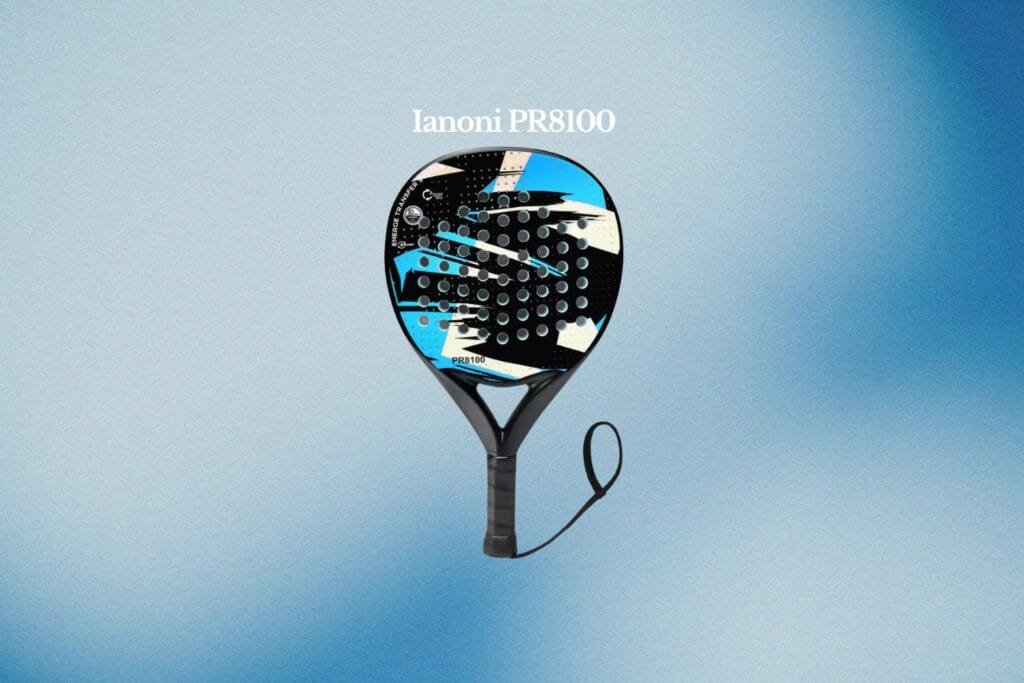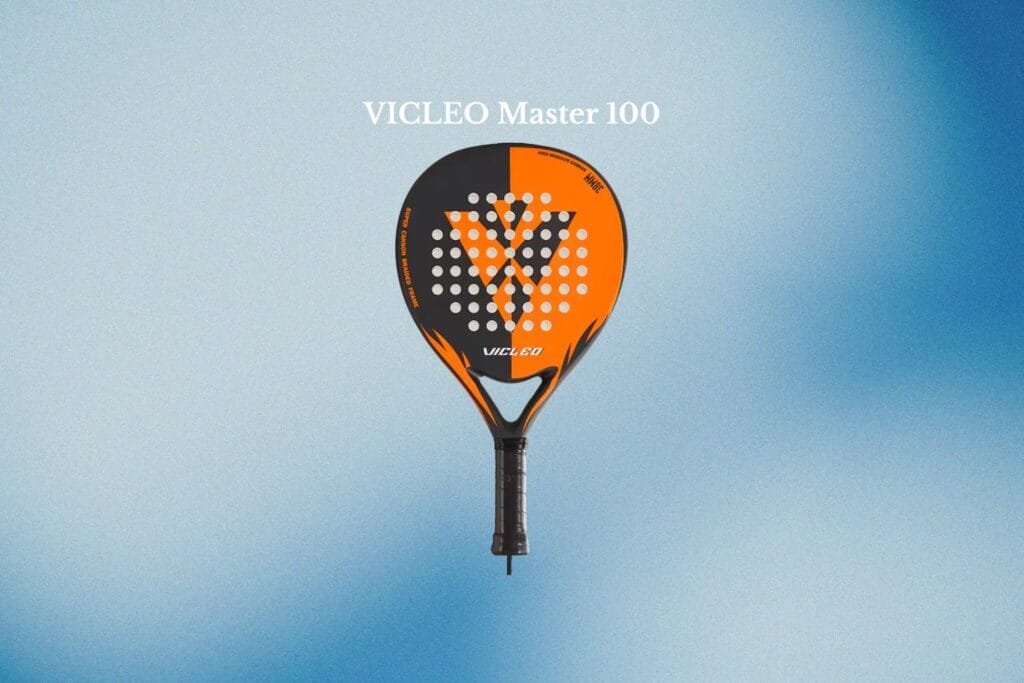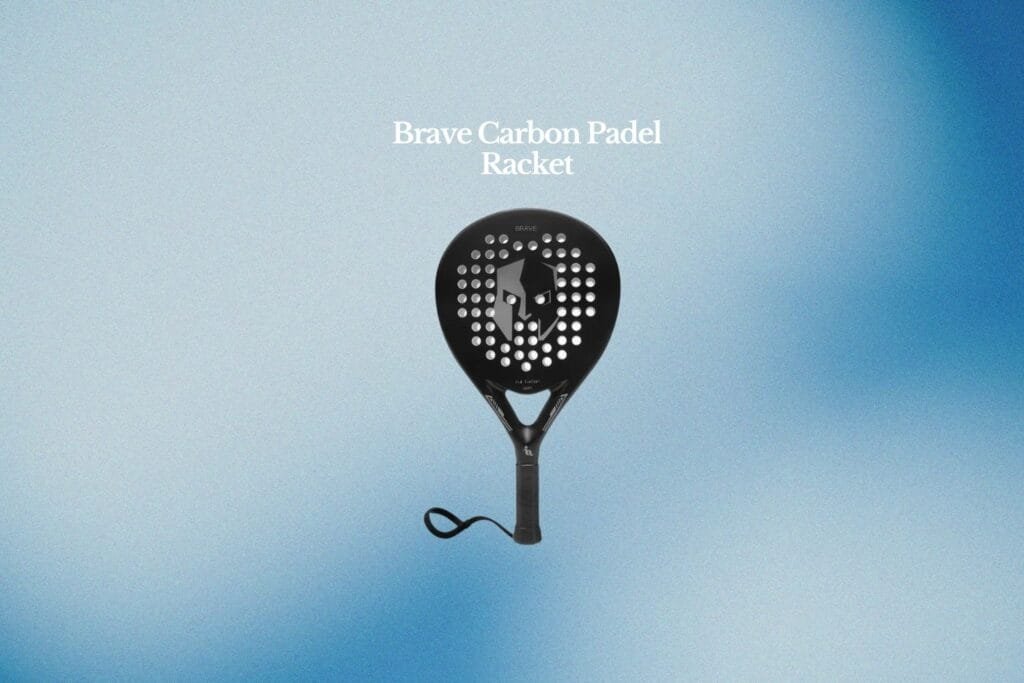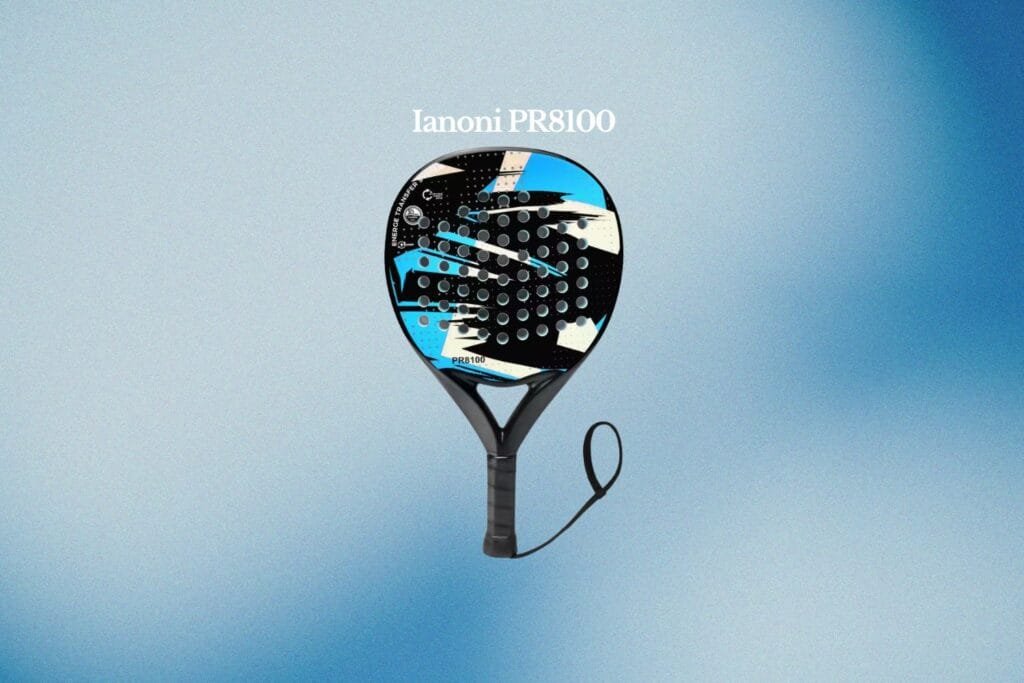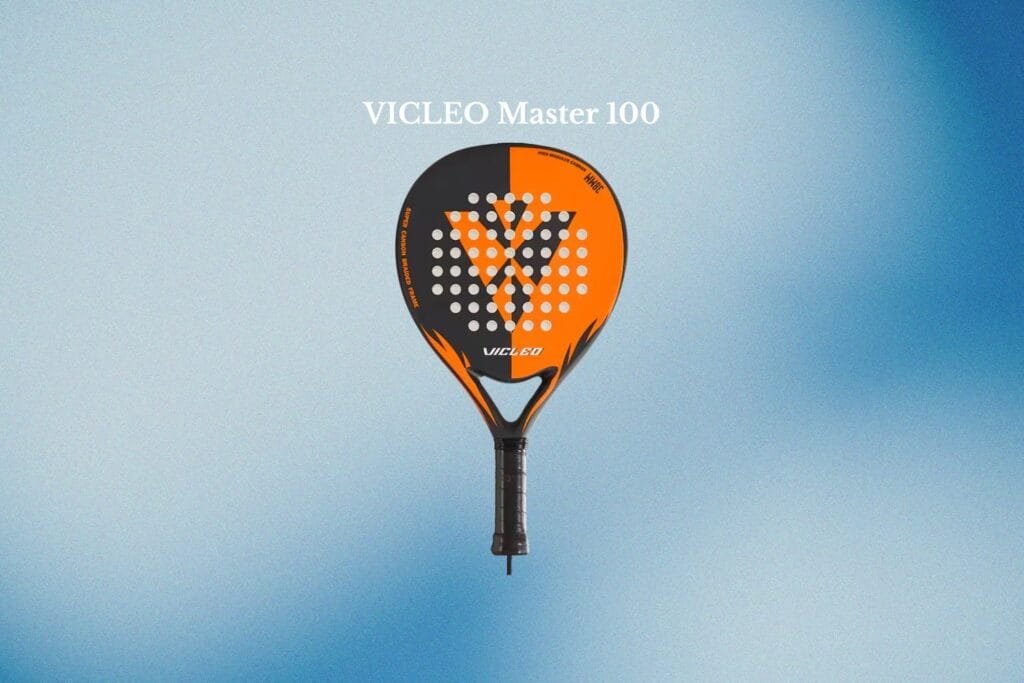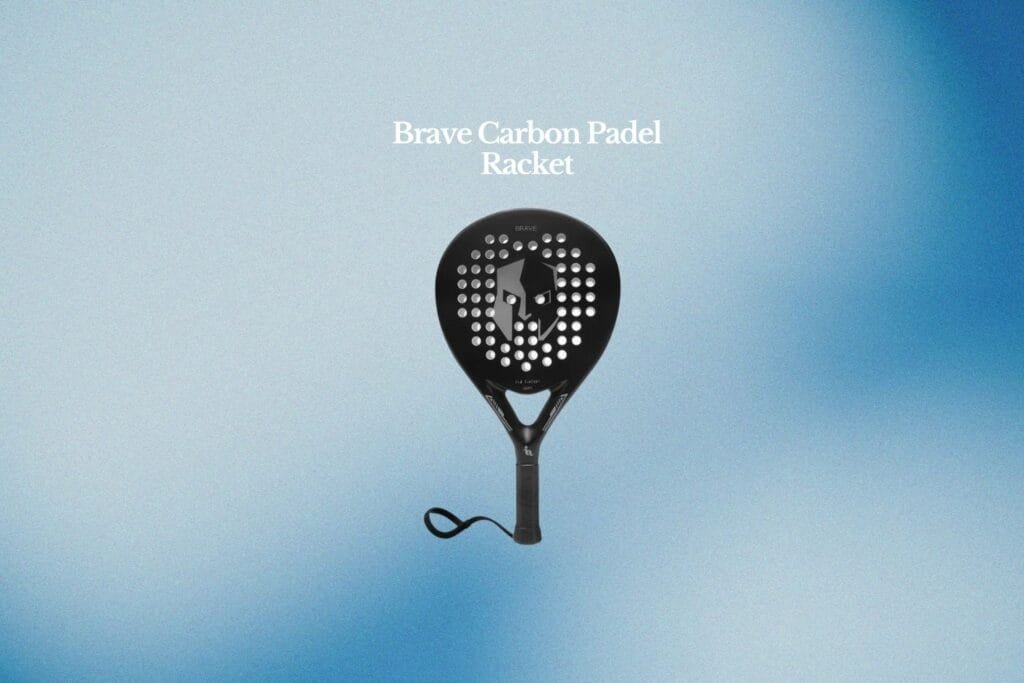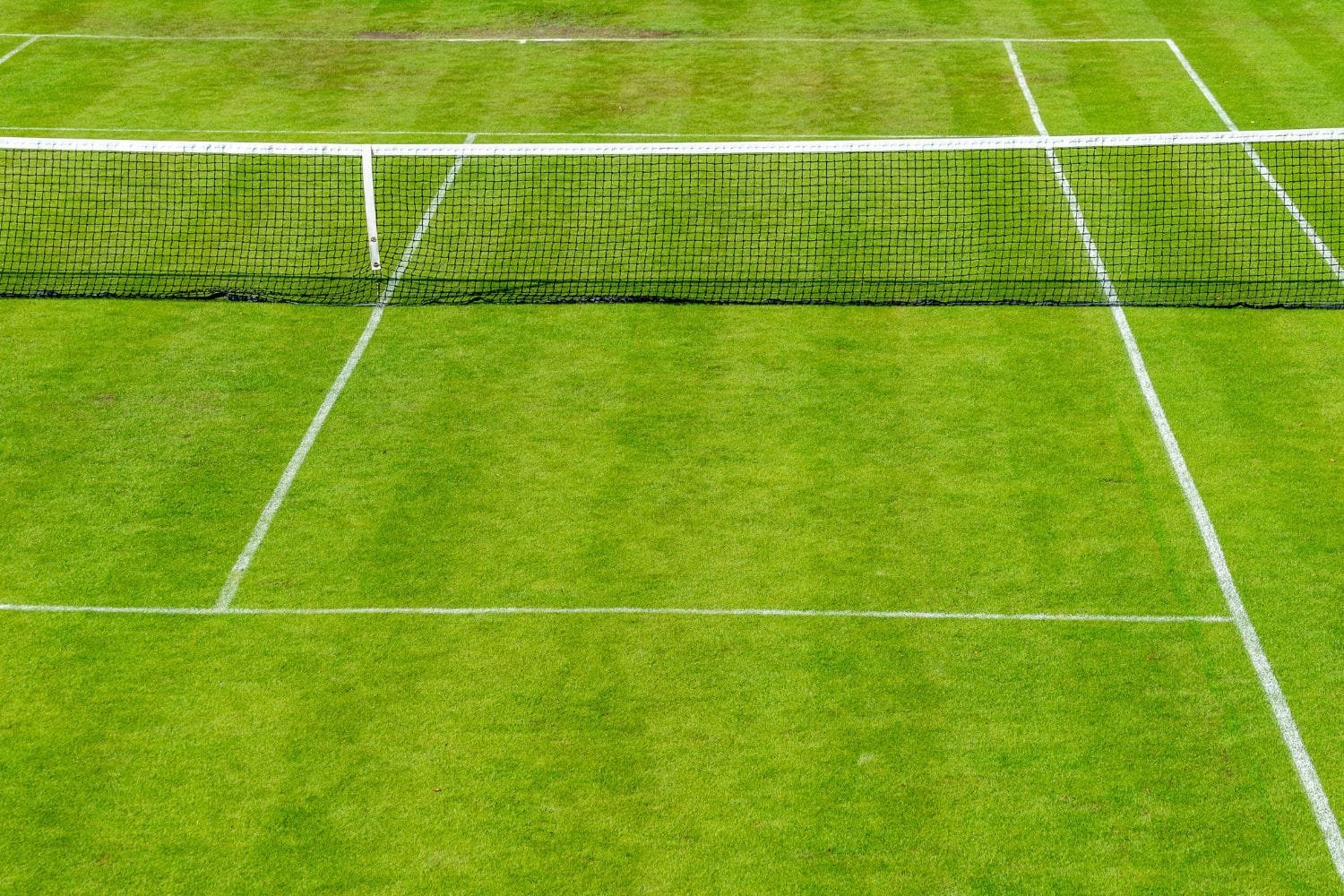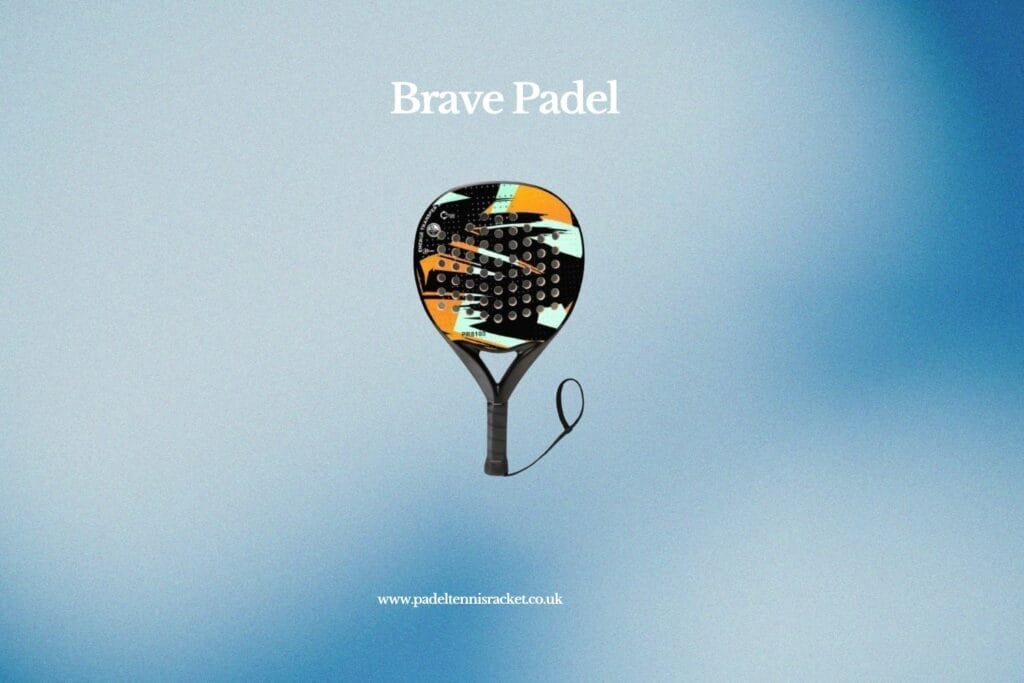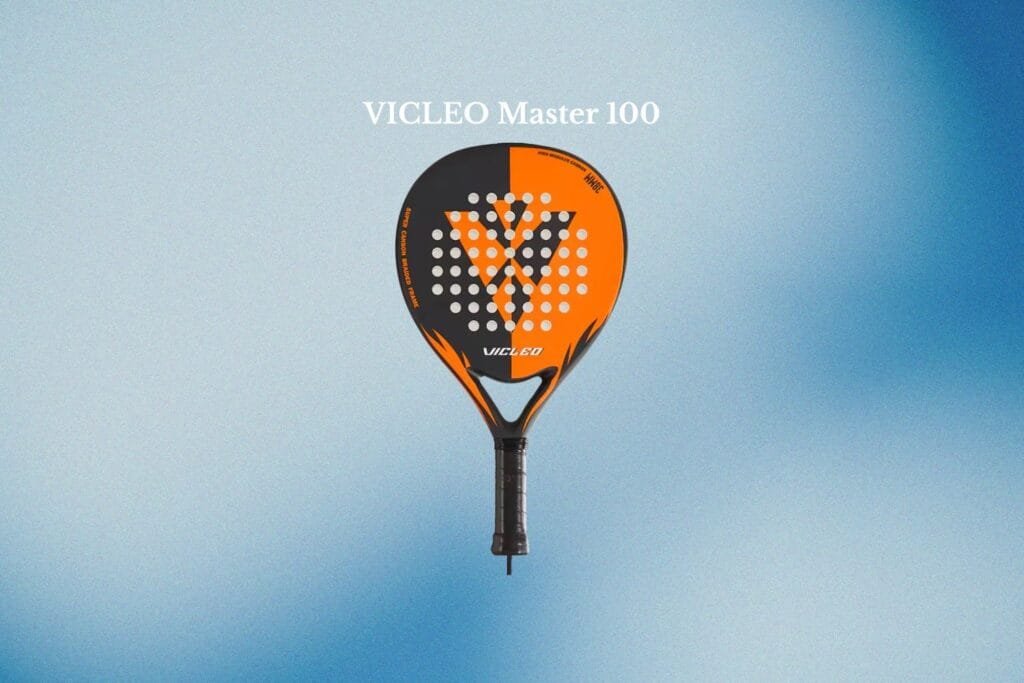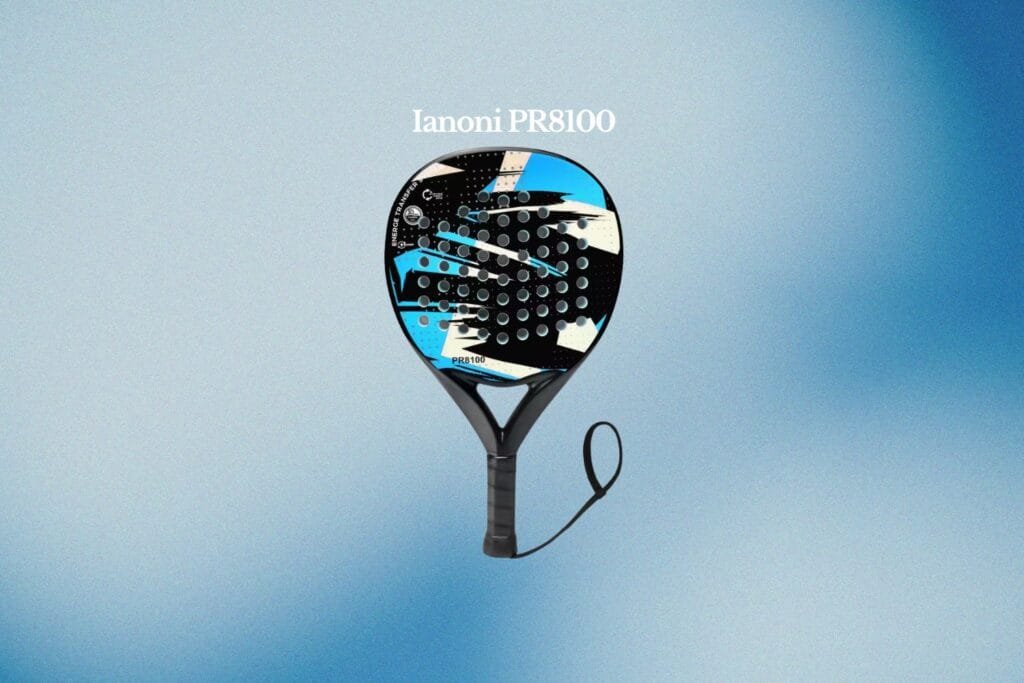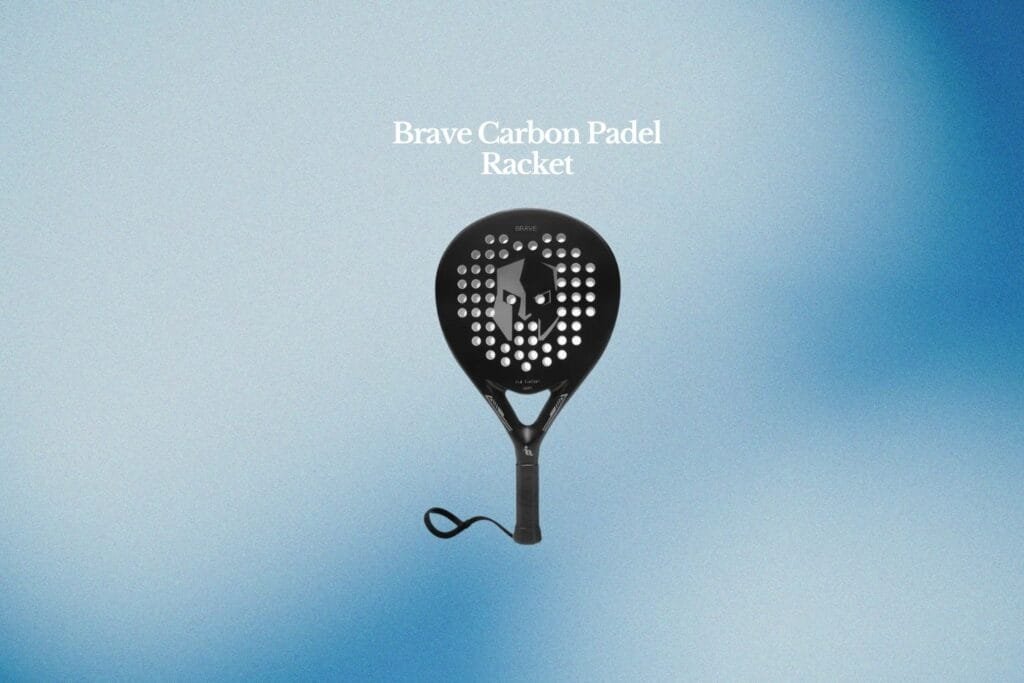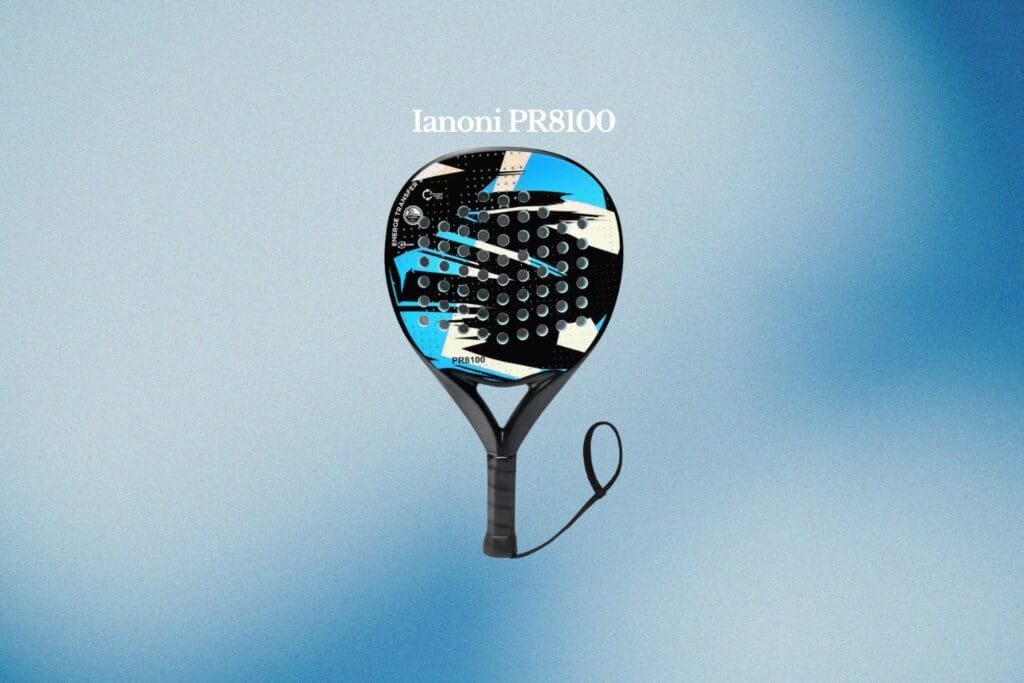
Every padel player has their own signature approach to the game, whether you’re diving at the net, playing it safe from the back, or going for wild smashes. But your padel playing style isn’t just about technique, it reflects your mindset, decision-making, and even your personality. The way you play can say a lot about who you are both on and off the court.
In this article, we break down different padel playing styles and what they might reveal about you. Whether you’re a fearless attacker or a strategic defender, there’s more psychology behind your style than you might think.
1. The Net Dominator: Confident and Bold
If your padel playing style is focused on dominating the net, you’re likely confident, assertive, and enjoy taking control. You like to keep pressure on your opponents, force quick decisions, and win points with aggressive volleys. People with this style often bring a strong presence into other areas of life, too, leading teams, taking initiative, and enjoying the spotlight.
You thrive under pressure and enjoy being in charge of the point. Your mindset is simple: if you don’t take control, someone else will.
2. The Strategic Lobber: Patient and Tactical
Your padel playing style is all about patience and control. You prefer to outthink your opponents, waiting for the right opportunity rather than forcing a winner. Players who rely on lobs and long rallies are often more calculated, observant, and strategic both on and off the court.
In life, you’re someone who doesn’t rush decisions, values preparation, and tends to avoid unnecessary risks. You trust the process and know that smart moves often beat fast ones.
3. The Baseline Grinder: Reliable and Resilient
If your padel playing style keeps you mostly at the back of the court, hitting consistent groundstrokes and defending with precision, you’re probably reliable, grounded, and resilient. You’re not flashy, but you’re tough to beat, point after point, you wear down your opponents.
Off the court, people likely see you as dependable and steady. You keep things together under pressure and rarely let emotions control your actions. You believe in working hard, staying focused, and showing up, every single time.
4. The Trickster: Creative and Unpredictable
Does your padel playing style involve drop shots, fake smashes, and unexpected angles? You may be a creative spirit who thrives on surprising your opponents. Your game is full of variety, and you’re hard to read, which makes you exciting to watch and frustrating to play against.
People with this playing style often bring spontaneity and flair into their daily lives. You dislike routine and prefer environments that allow you to innovate and improvise. You don’t follow the script, you write your own.
5. The Power Hitter: Passionate and Intense
If your padel playing style is all about speed and smashes, you’re someone who brings intensity and passion to everything you do. You love high energy, fast-paced exchanges, and finishing points with authority.
This playing style often reflects a competitive personality, someone who doesn’t back down, who thrives on adrenaline and believes in pushing limits. You may be driven in your career, relationships, and personal goals, constantly seeking that next challenge.
6. The Balanced Player: Adaptable and Strategic
Your padel playing style isn’t easy to categorize, because it adapts. You can play at the net, defend from the baseline, mix in lobs, and control tempo. You shift strategies based on your opponents, and that flexibility is your biggest weapon.
This style suggests you’re emotionally intelligent, flexible, and thoughtful. You read people well, make quick adjustments, and don’t cling to ego or patterns. You’re a student of the game and of life, constantly evolving.
Why Understanding Your Padel Playing Style Matters
Knowing your padel playing style can help you develop self-awareness, improve team chemistry, and grow as a player. If you understand your natural tendencies, you can spot weaknesses, build on your strengths, and choose partners who complement your game.
It also helps with emotional control. For instance, if you’re naturally aggressive, learning when to dial it back can lead to fewer errors. If you’re a defensive player, building confidence to take more initiative could help close matches faster.
Blending Styles: The Key to Growth
No one is locked into a single padel playing style forever. In fact, the best players can shift styles based on the situation. Building versatility in your game—and in your mindset—will make you more dangerous on the court and more balanced in life.
Training to step outside your default mode challenges you, builds new skills, and keeps you unpredictable to opponents. So whether you’re naturally defensive, explosive, or creative, evolving your padel playing style is essential for long-term success.
Final Thoughts
Your padel playing style is more than just a set of habits, it’s a reflection of who you are. Are you bold or careful? Creative or consistent? Aggressive or adaptable? By paying attention to how you play, you can learn a lot about how you think, act, and grow.
So the next time you step onto the court, watch not just your opponents, but yourself. Because in padel, as in life, your style tells your story.
